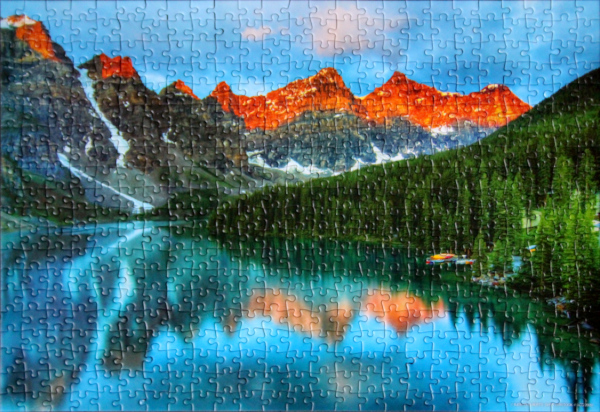
Size: 500 pieces
Available for purchase on eBay
Dimensions: 33.02 cm x 48.26 cm
Manufacturer: The Canadian Group, #20231, Itm./Art. 1231110, 20150MSDG
Photographer: Bjoern Alberts
Box: photo
Category: Puzzles
Casa Loma
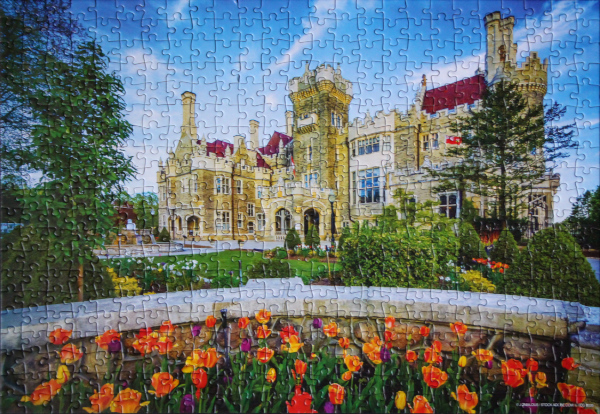
Size: 500 pieces
Available for purchase on eBay
Dimensions: 33.02 cm x 48.26 cm
Manufacturer: The Canadian Group, #20231, Itm./Art. 1231110, 20150MSDG
Photographer: Jon Bilous
Box: photo
Machu Picchu
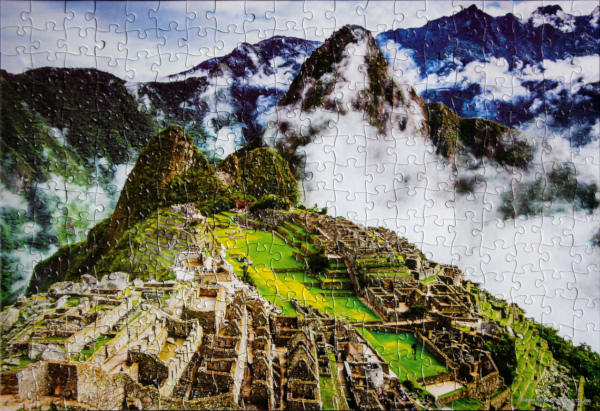
Size: 300 pieces
Available for purchase on eBay
Dimensions: 33.02 cm x 48.26 cm
Manufacturer: The Canadian Group, #10371
Author: Casey Ewart
Box: photo
Sanphet Prasat Palace, Bangkok
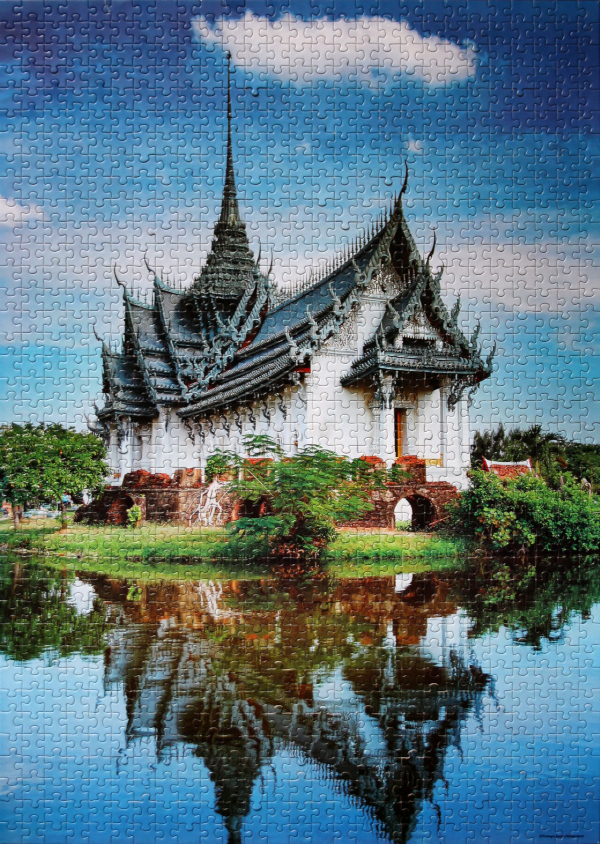
Size: 1000 pieces
Available for purchase on eBay
Dimensions: 48.1 cm x 67.95 cm
Manufacturer: Mega Puzzles
Photographer: Dmitry Pichugin / Shutterstock
Box: photo
Colmar

Size: 500 pieces
Available for purchase on eBay
Dimensions: 33.02 cm x 48.26 cm
Manufacturer: The Canadian Group, #10085
Photographer: Canadastock/Shutterstock
Box: photo
Autumn Commissioned

Size: 1000 pieces
Available for purchase on eBay
Dimensions: 48.5 cm x 73 cm
Manufacturer: The Canadian Group, #44714-7
Artist: Nicky Boehme
Box: photo
Palace of dreams
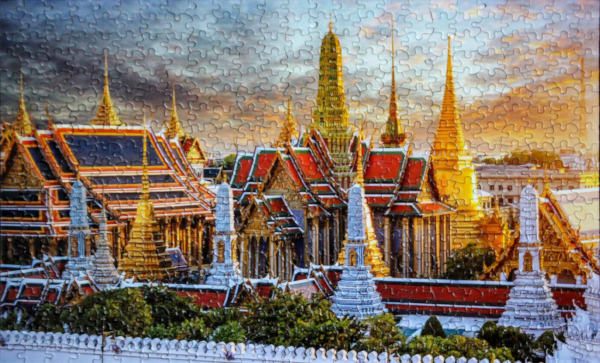
Size: 500 pieces
Available for purchase on eBay
Dimensions: 27.3 cm x 45.7 cm
Manufacturer: Karmin International, 02449-GB
Photographer: Shutterstock
Box: photo
Ornaments
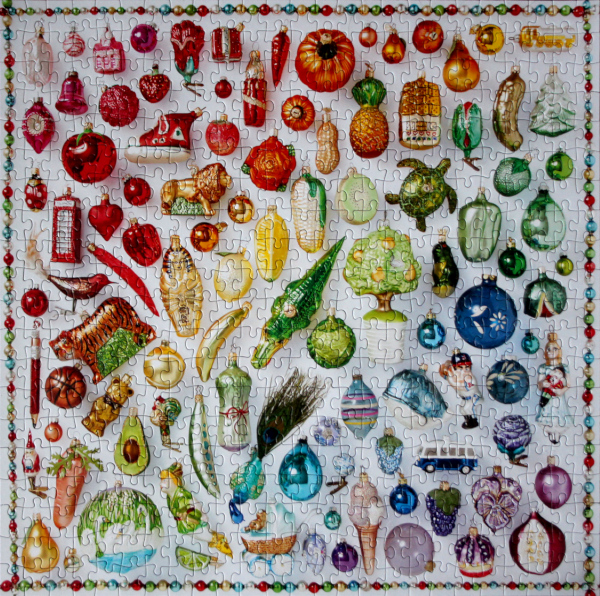
Size: 500 pieces
Available for purchase on eBay
Dimensions: 50.8 cm x 50.8 cm
Manufacturer: Galison, ISBN: 978-0-43535174-5, MO41720D
Artist: Julie Seabrook
Box: photo
Smells like Spring
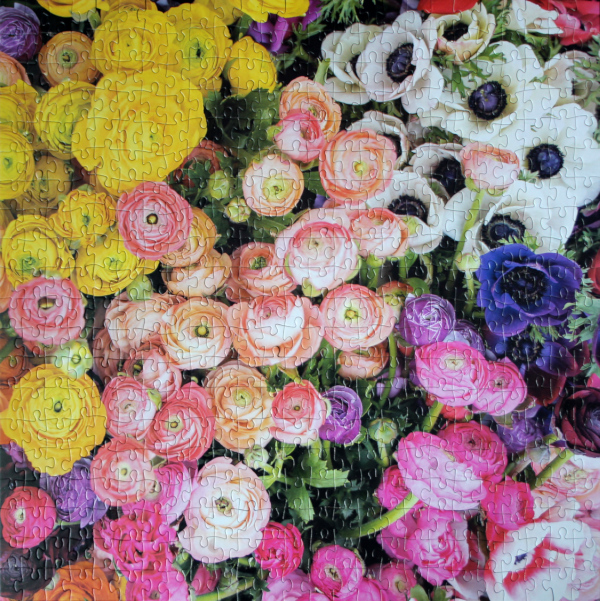
Size: 500 pieces
Available for purchase on eBay
Dimensions: 50.8 cm x 50.8 cm
Manufacturer: Galison, M102321A, ISBN: 978-0-7353-7452-2
Artist: Zoe Shaeffer
Box: photo
Garden quartz

Size: 750 pieces
Available for purchase on eBay
Dimensions: 23.81 cm x 47.94 cm
Manufacturer: Storey puzzle, ISBN 978-1-93586-405-2
Author: Kate O’Hara
Box: photo
Mountain cascade
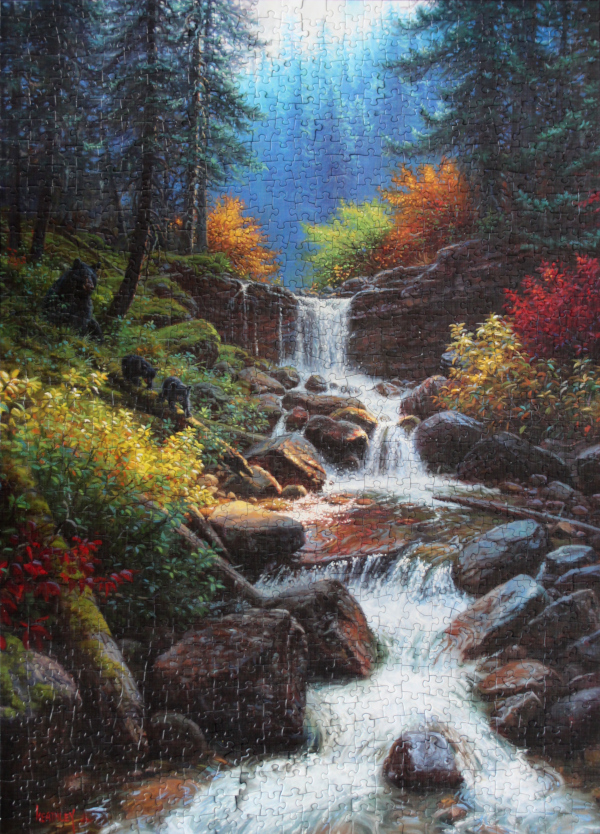
Size: 1000 pieces
Available for purchase on eBay
Dimensions: 48.9 cm x 67.6 cm
Manufacturer: Cobble Hill, Item No. 80230
Artist: Mark Keathley
Box: photo
Raining in Paris
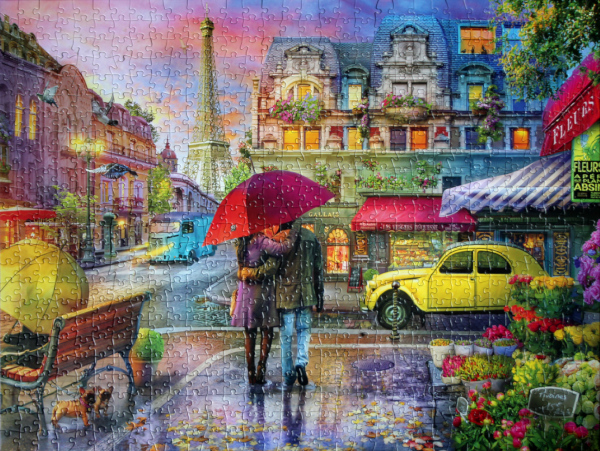
Size: 750 pieces
Available for purchase on eBay
Dimensions: 46 cm x 61 cm
Manufacturer: Buffalo Games, 07010
Artist: Lillia
Box: photo
Mists of Venice
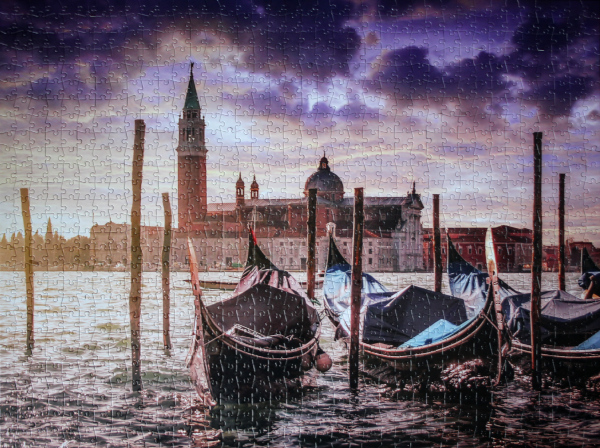
Size: 1000 pieces
Available for purchase on eBay
Dimensions: 50 cm x 68 cm
Manufacturer: Buffalo Games, 67
Photographer: Krenn Imre
Box: photo
Rural farm autumn
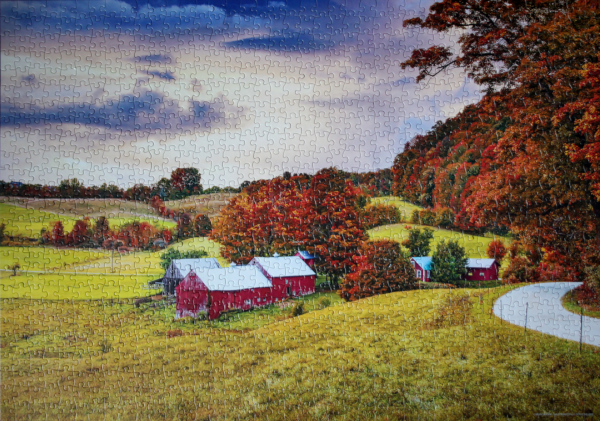
Size: 1000 pieces
Available for purchase on eBay
Dimensions: 48.26 cm x 68.58 cm
Manufacturer: The Canadian Group, #03814
Photographer: Sean Pavone
Box: photo
Dorset countryside
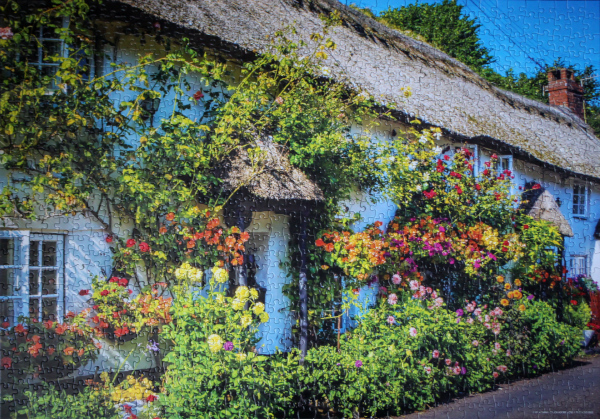
Size: 1000 pieces
Available for purchase on eBay
Dimensions: 48.26 cm x 68.58 cm
Manufacturer: The Canadian Group, #03814
Photographer: Vivvi Smak
Box: photo
Ponte Alexandre III
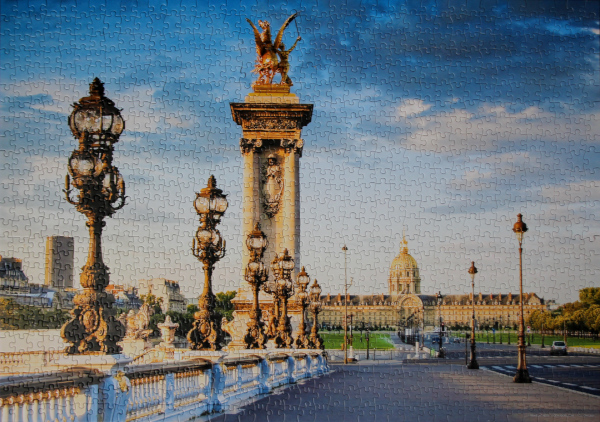
Size: 1000 pieces
Available for purchase on eBay
Dimensions: 48.26 cm x 68.58 cm
Manufacturer: The Canadian Group, #03858
Photographer: Travelwitness
Box: photo
Vintage classic car

Size: 1000 pieces
Available for purchase on eBay
Dimensions: 48.26 cm x 68.58 cm
Manufacturer: The Canadian Group, #03858
Photographer: Delphotostock
Box: photo
Late afternoon in Italy
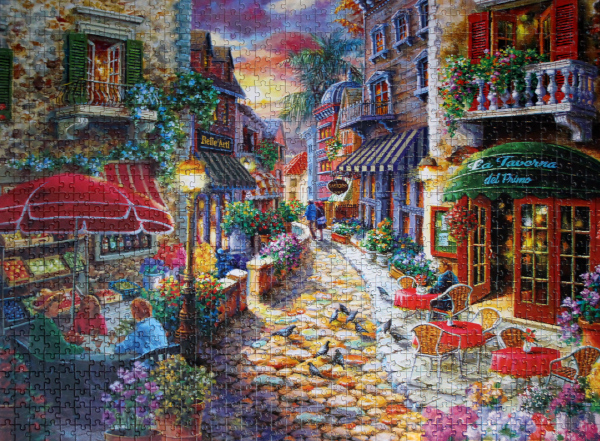
Size: 1000 pieces
Available for purchase on eBay
Dimensions: 51 cm x 68 cm
Manufacturer: Cra-Z-Art, #1600
Artist: Nicky Boehme
Box: photo
Flower barrels
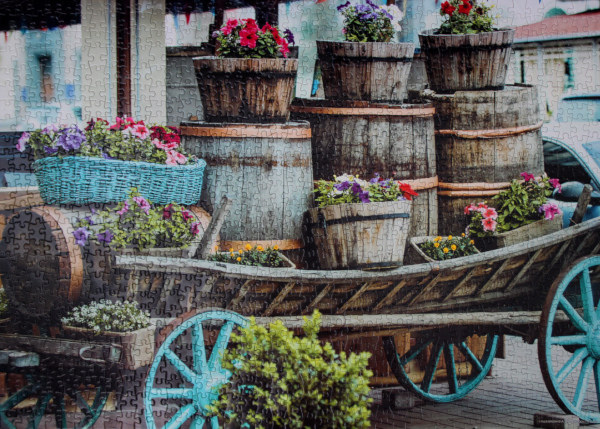
Size: 1000 pieces
Available for purchase on eBay
Dimensions: 48.26 cm x 68.58 cm
Manufacturer: The Canadian Group, #40622-14
Photographer: Yulia Grigoryeva
Box: photo
Cottage with a bridge
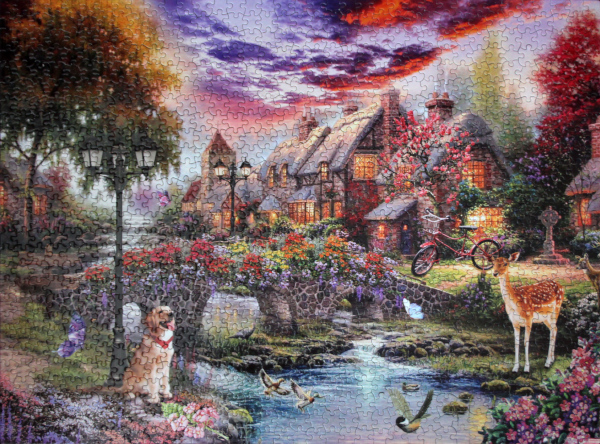
Size: 1000 pieces
Available for purchase on eBay
Dimensions: 50.8 cm x 68.58 cm
Manufacturer: Bei Bi La, Art No: 859
Box: photo





